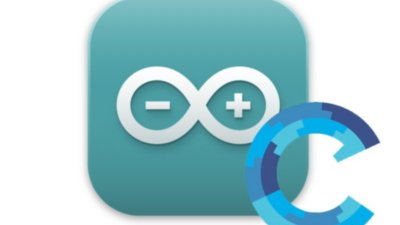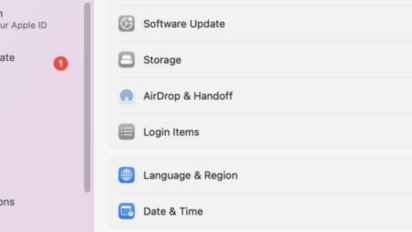How to use classic Mac, Lisa, NeXT, Apple II software on your Mac
While old Apple hardware is mostly long-gone, there are ways to run some of your antique software on your current Mac. Here's how to get started emulating old Apple computers on your new machine.

 Chip Loder
Chip Loder



















 Thomas Sibilly
Thomas Sibilly

 Andrew Orr
Andrew Orr








